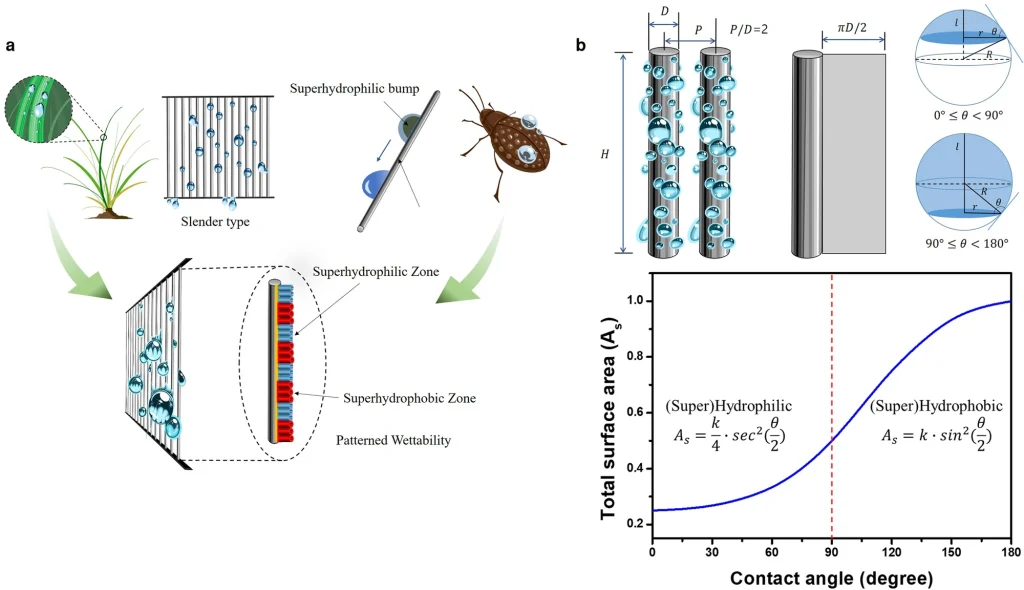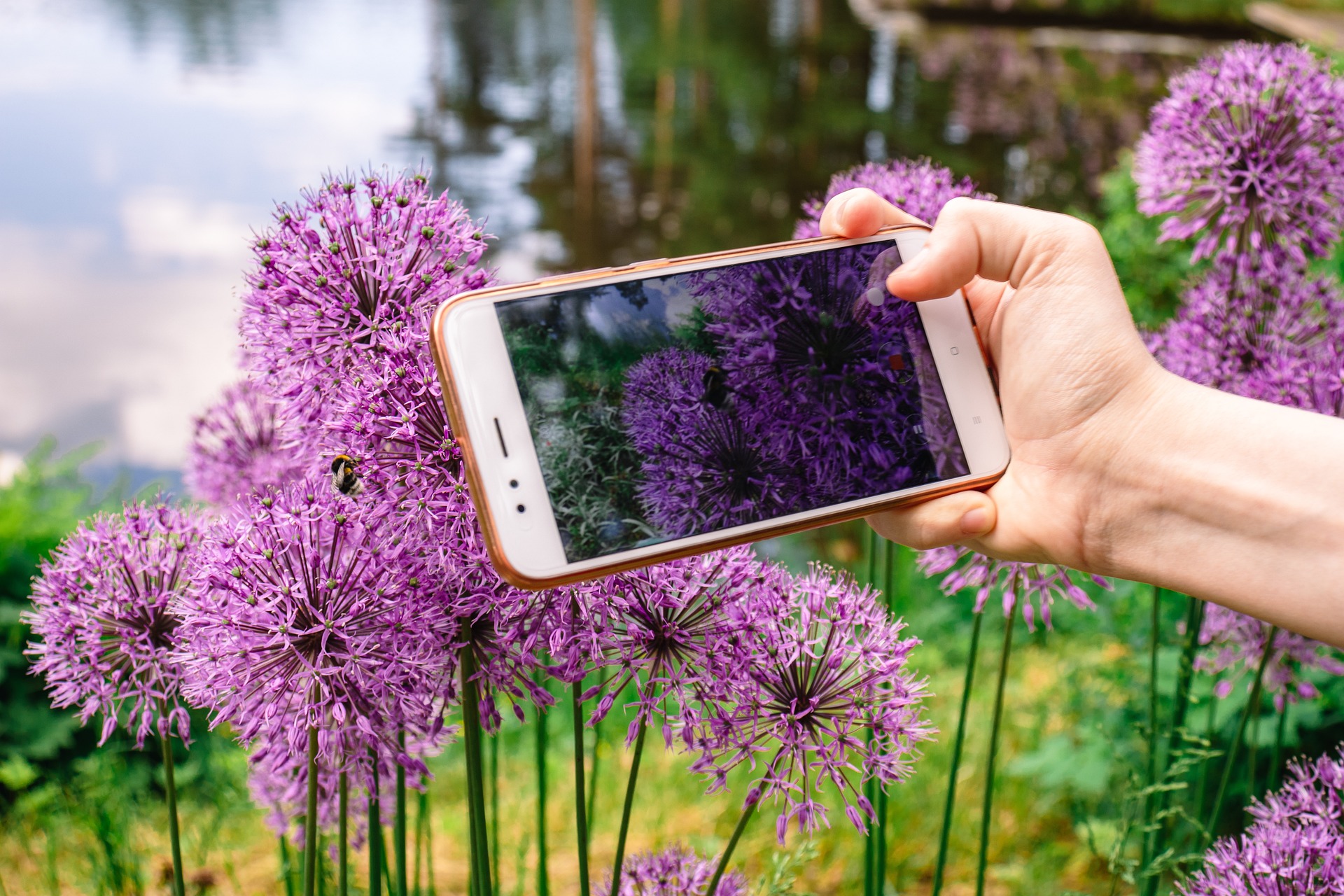Desert plants, surviving in dry environments, have developed unique morphological and structural characteristics through evolution to efficiently secure water.
A prime example is the Bushman’s grass native to the Namib Desert. This plant has elongated leaves with numerous fine protrusions on their surface, where fog droplets adhere, grow, and are efficiently channeled to the stem by the leaf’s shape, which follows gravity.
Similarly, oddly shaped cacti adeptly gather moisture from fog. Their spines, shaped like tilted triangular cones, are ideally structured to capture fog droplets, which gradually grow, merge, and flow down the stem following gravity.
Thus, desert plants have evolved mechanisms to secure water in harsh, dry conditions.
Furthermore, it has been found that the unique bumpy pattern on the back of a beetle from the Namib Desert helps collect dew. Inspired by this, a research team developed a new water collection structure combining the functions of both plants and insects.
The key was a nanostructure pattern combining superhydrophobic (SHB) and superhydrophilic (SHL) properties. By applying this pattern to elongated members like Bushman’s grass, a remarkable water collection efficiency was achieved.

In this system, the SHL part captures fog droplets, while the SHB part facilitates drainage, with an optimized surface area ratio of SHL to SHB resulting in a 42% improvement in collection efficiency compared to traditional methods.
Most impressively, this new structure is durable against corrosion and ultraviolet light, marking a significant step towards outdoor practical application.
Nature still hides many treasures. Learning from the superior functions of organisms and utilizing them in engineering can lead to new solutions for water resource issues.
The findings from this study, inspired by plants and insects, are just the beginning. We hope for further research in this field, leading to the practical application of robust water collection devices. Water is an essential resource for human survival, and it is crucial to continue addressing this challenge.



コメント